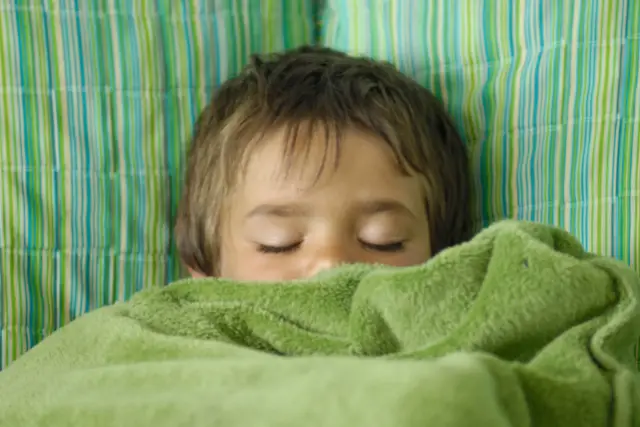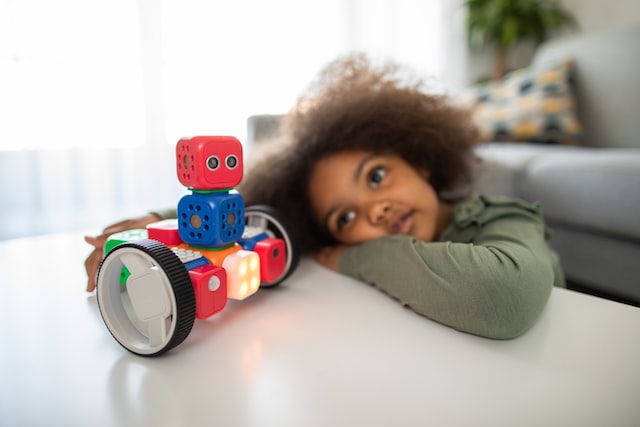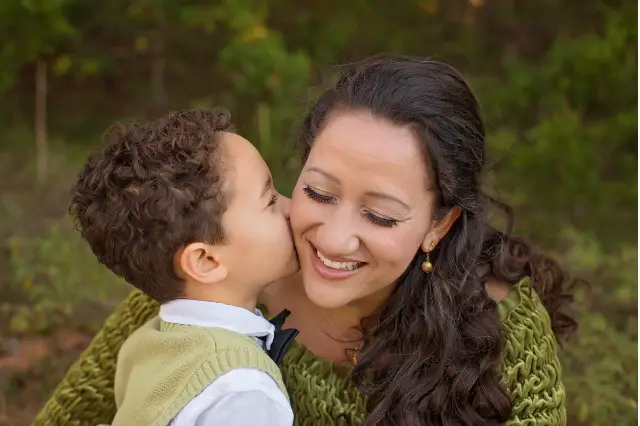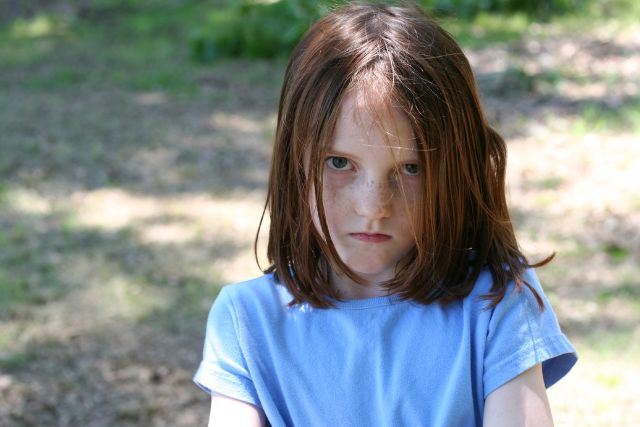How To Stop A 4-Year-Old From Wearing Pull-ups At Night?
Just because your 4-year-old is potty trained for the daytime does not mean he is ready for the night too. Sometimes 4-year-olds cannot hold their pee when they are soundly asleep. So it is when mommies prefer to use pull-ups at night to have a good night’s sleep.
If your 4-year-old is still wearing pull-ups at night, it’s completely fine. Don’t get under pressure, and patiently work on getting rid of pull-ups gradually.
Do 4-year-olds wear pull-ups at night?
It is common for a 4-year-old to wear pull-ups at night, and many kids continue wearing pull-ups at night until they are 5 or 6.
But not to forget the fact that 4-year-olds can hold their bladder overnight, and they can wake up to go to the toilet too.
So, you can easily do it if you want to train your 4-year-old to use the toilet at night and discontinue wearing pull-ups.
This post may contain affiliate links. Read our disclosures here.
How to get a 4-year-old to stop wearing pull-ups?
In this section, I am gathering some universal tips and tricks moms use worldwide to eliminate pull-ups at night.
1- Get a waterproof mattress protector:
First of all, get a waterproof mattress protector because you wouldn’t want to spoil the mattress. Accidents happen when you potty train your kids for the night.
It brings less hassle when the child leaks in the bed; you just need to wash the bedsheet and wet clothes and wipe the waterproof mattress protector.
2- Get easy to remove PJs:
At night make him wear easy-to-pull-down PJs so that you don’t need to open a button or zip or untie it because sometimes moms miss the routine washroom trip and have to rush the child to the bathroom when she wakes up.
Sometimes kids also go to the washroom by themselves, so make sure the PJs are easy to pull down.
3- Limit liquid consumption before bed:
If your child takes a glass of milk before bed, give it a minimum of 2 hours before bedtime. After that, take him to the toilet with a 1-hour gap and finally before going to bed.
If you think the child has taken more liquid than usual, then a mishap will happen if you won’t take him to the washroom in time.
4- Set a firm routine for sleeping:
Everything that comes with a routine becomes a habit in life. Your child must have a fixed schedule for sleeping. Make him visit the toilet before sleep and put him to bed at the same time every day.
This way, his bladder will get used to the routine, and fewer accidents will happen.
5- Wake him up and take him to the toilet exactly 2 hours after he fell asleep:
Exactly after 1 or 2 hours (whatever time suits you), wake him up to revisit the toilet and put him back to sleep. Whatever time you choose, stick to it.
Ensure to set your alarm.
Why would you do that? By waking your child to go to the toilet, you are setting a habit of staying dry at night. Your little one’s brain will eventually be trained not to release the bladder while sleeping.
Some kids require more than one toilet break at night, especially those who drink milk at night.
For them, consider setting more alarms. The first break can be 2 hours after going to bed, and the next break can be 3-4 hours after the first break.
6- Analyze the progress:
Initial days would be challenging as you have to set alarms to wake up on time and take the child to the washroom.
After about a week, you will notice that your child will wake up on his own to go to the toilet. He may not get up and walk to the toilet, but he will become uncomfortable, move a lot, or even wake up for the bathroom.
7- Continue the training until the child wakes up to tell you that he needs to go:
Continue the training until your child wakes up on his own before you do. He will most likely wake up independently after 7-15 days of training.
Some kids will start showing very good progress within a few days.
8- Skip waking him up after 15 days of training:
15 days are quite enough to train your child’s brain to wake up when the bladder needs to empty.
9- Note the time of the accident if it happens after 15 days:
If any accident happens after 15 days of training, note when the child wets his bed. From the next day, wake him up 5-10 minutes before the time noted last day.
10- If accidents happen, give extra reassurance:
Bedwetting is not done intentionally, so let your child know it’s not his fault. Secondly, give reassurance that he is not the only one in this world who wets his bed.
I understand peeing accidents take a lot of cleaning and make us moms angrier but always remember every transition in a child’s life needs some struggles.
Don’t get angry, don’t make fun of him or tease him alone or in front of the family.
11- Tackle accidents with patience:
Treat the whole scene with silence when your child has a pee accident, from changing the bedsheet, cleaning the waterproof cover, and helping him change into new PJs.
I know it is easier to say than do at night, but whatever has happened will not change, don’t get angry or scold the child about something which is not in his control.
12- Set rewards for not wetting the bed:
Before your child goes to sleep, remind him to get up when he feels the urge to pee. Also, remind him that he is not wearing pull-ups anymore.
Tell him that if he keeps himself dry all night, he will get an extra bedtime story the next night, or he can spend some extra time in the park the next day.
You can also offer him his favorite food the following day and tell him that it is his reward for staying dry all night.
Conclusion:
If your 4-year-old still wears pull-ups at night, that’s nothing to worry about, as many kids wear them until they are older.
You can easily train your 4-year-old to get up and go to the toilet at night. Just follow simple steps and train your child’s brain to wake up when he needs to go.







